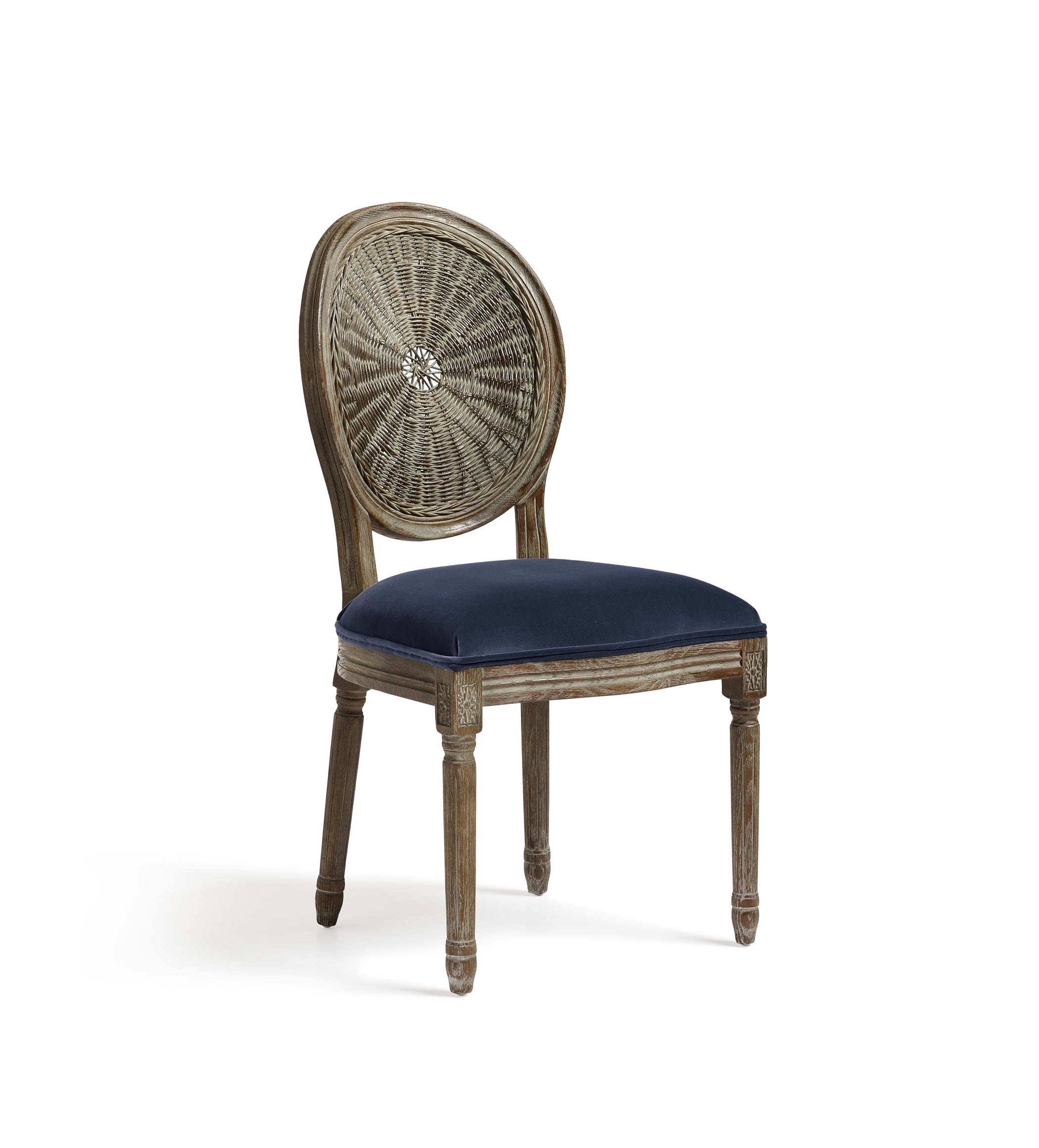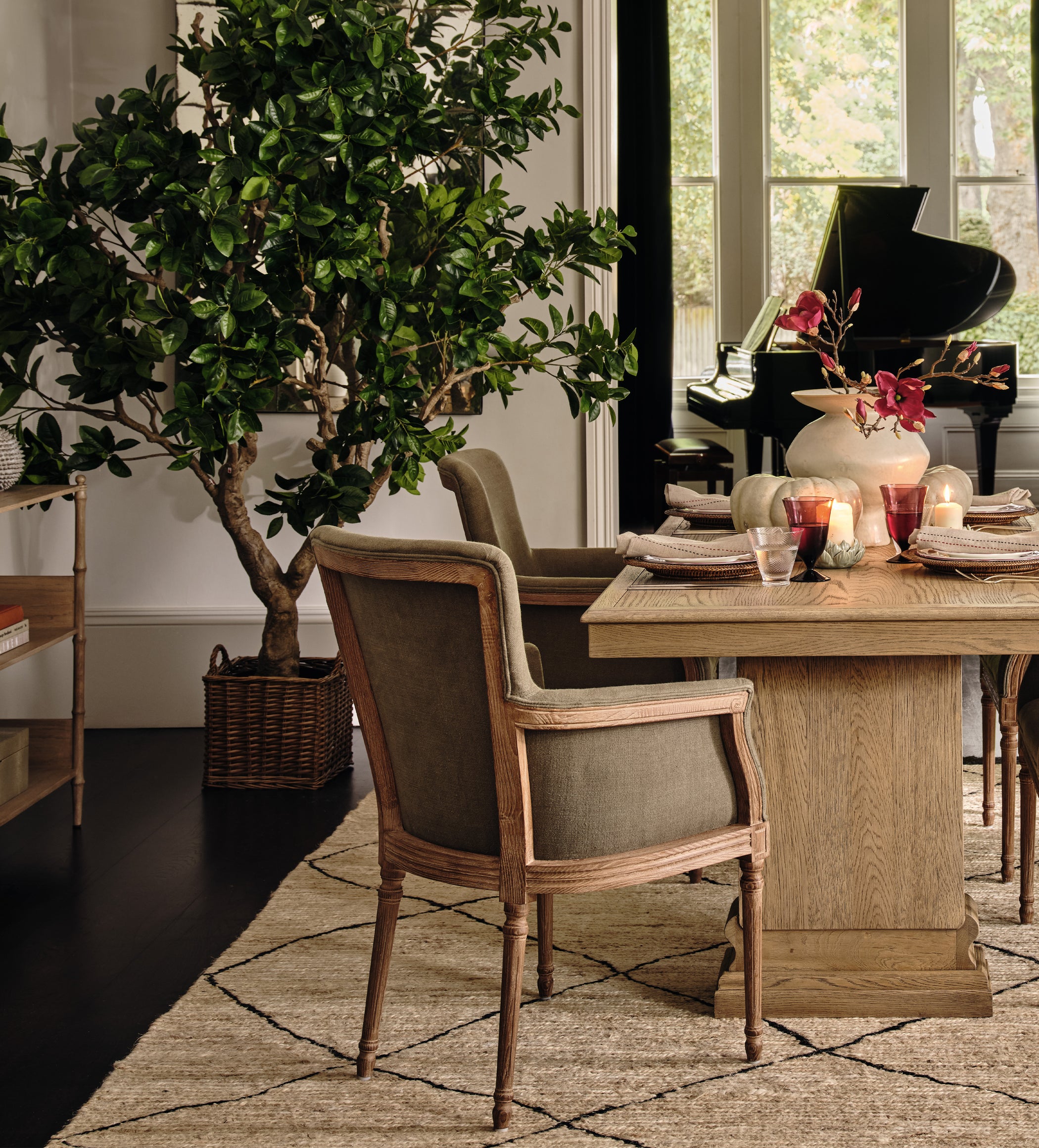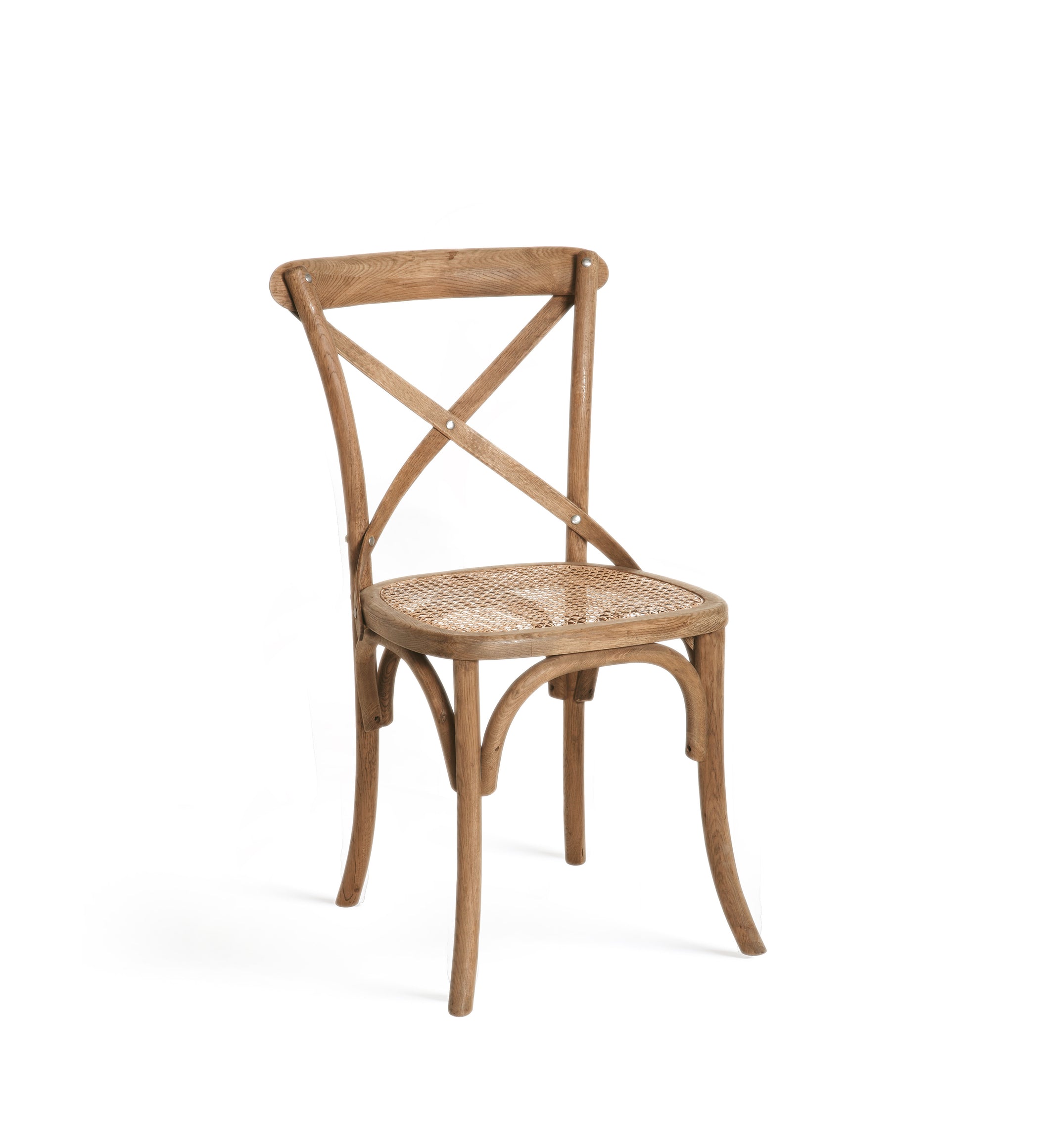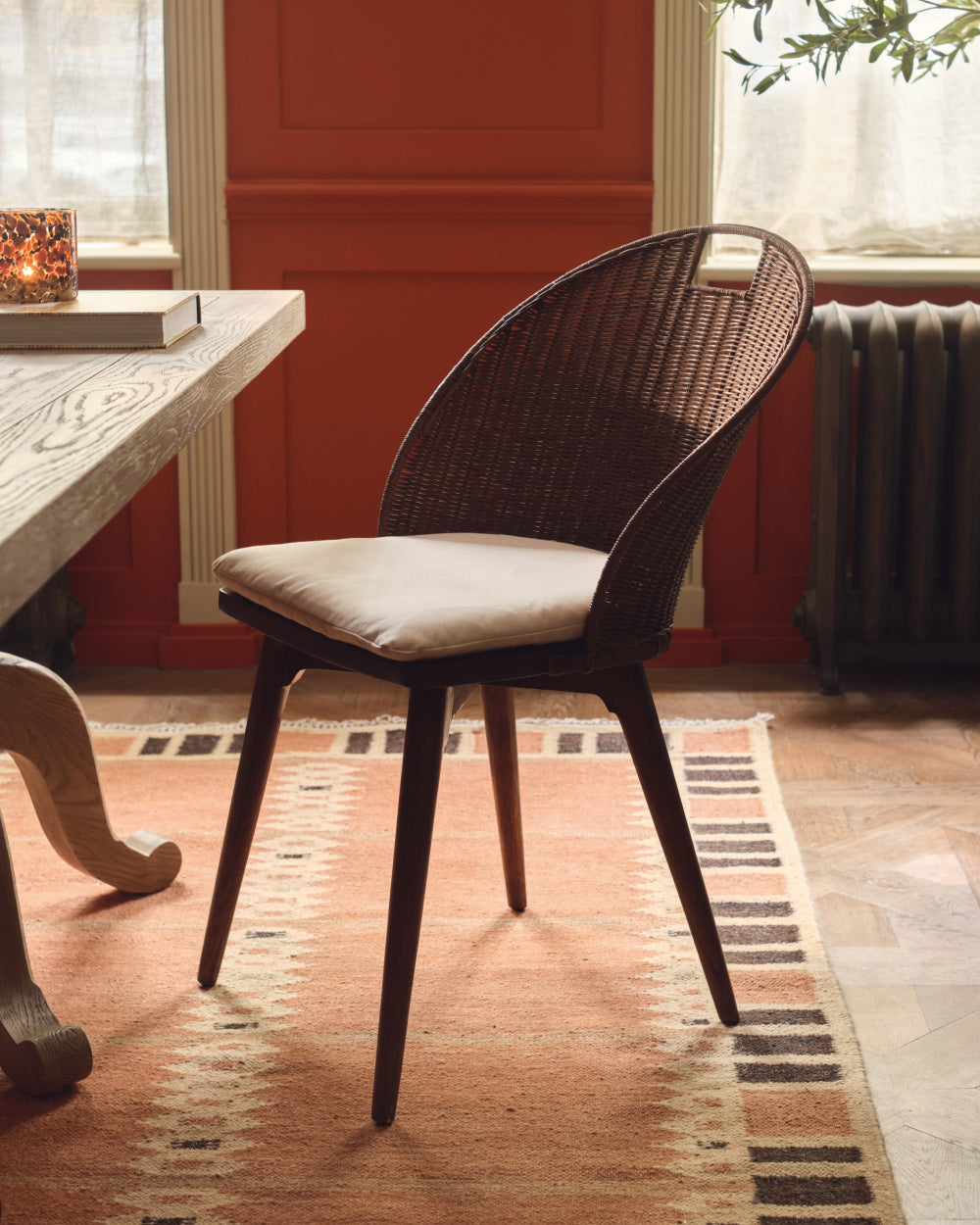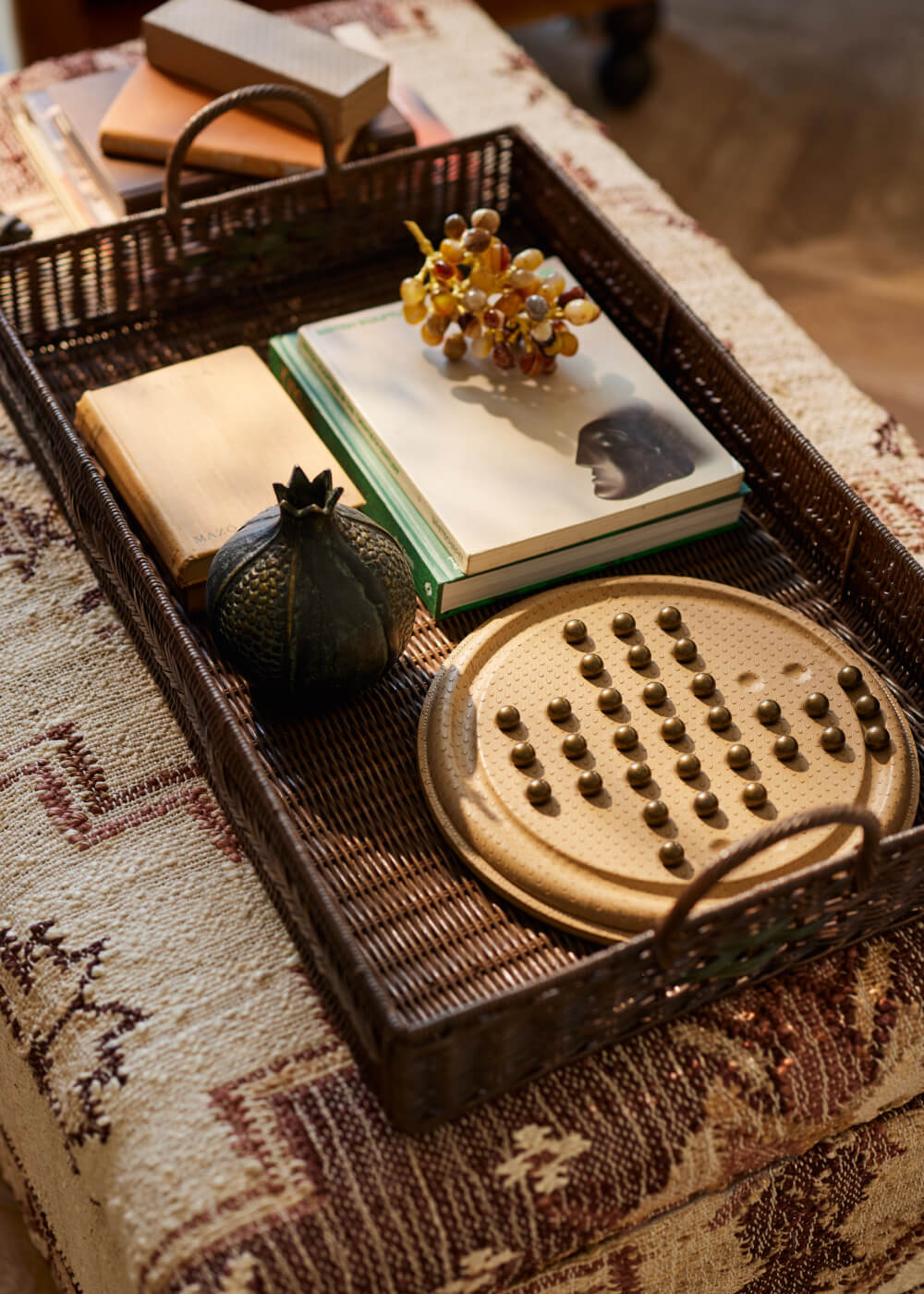You’ve picked out your dining table, but now comes the real conundrum: how to choose which dining chairs to pair with it? The desire to create an inviting space, where food and drinks can be savoured with loved ones, means comfort and practicality rank high on the list of requirements. Throw children, pets and your home’s design into the mix and the various considerations start to feel overwhelming. Here, in our guide to choosing the right dining chair, we explore the perks of each perch, from dining chairs to dining benches, and how to select and style them to suit your dining space.


Published 13 May 2025 | Last Modified 26 August 2025 | OKA Correspondent
Our Guide to Choosing a Dining Chair
Featured in this article
What Size Should My Chair Be?
While your dining table and chairs don’t need to match in style, they do need to be compatible when it comes to scale to ensure your set-up is comfortable. The best way to achieve this is by measuring your existing dining room furniture, and selecting chairs that complement. For example, when measured from the top to the floor, most dining tables will be between 71-78cm tall. We’d recommend leaving at least 25-30cm between your chair seat and the tabletop, which means your dining chair should be between 46-48cm high, when measured from the floor to the seat.
However, it’s worth remembering that the most comfortable size will also be dependent on the height of the tabletop, the thickness of the table apron (this is the edge, or skirting, that some dining tables have, which sits directly below the tabletop) and the height of the diner. Remember, the material of your chair can also play a part – for example, upholstered dining chairs will compress, so may allow for more room once you’re sat in them.
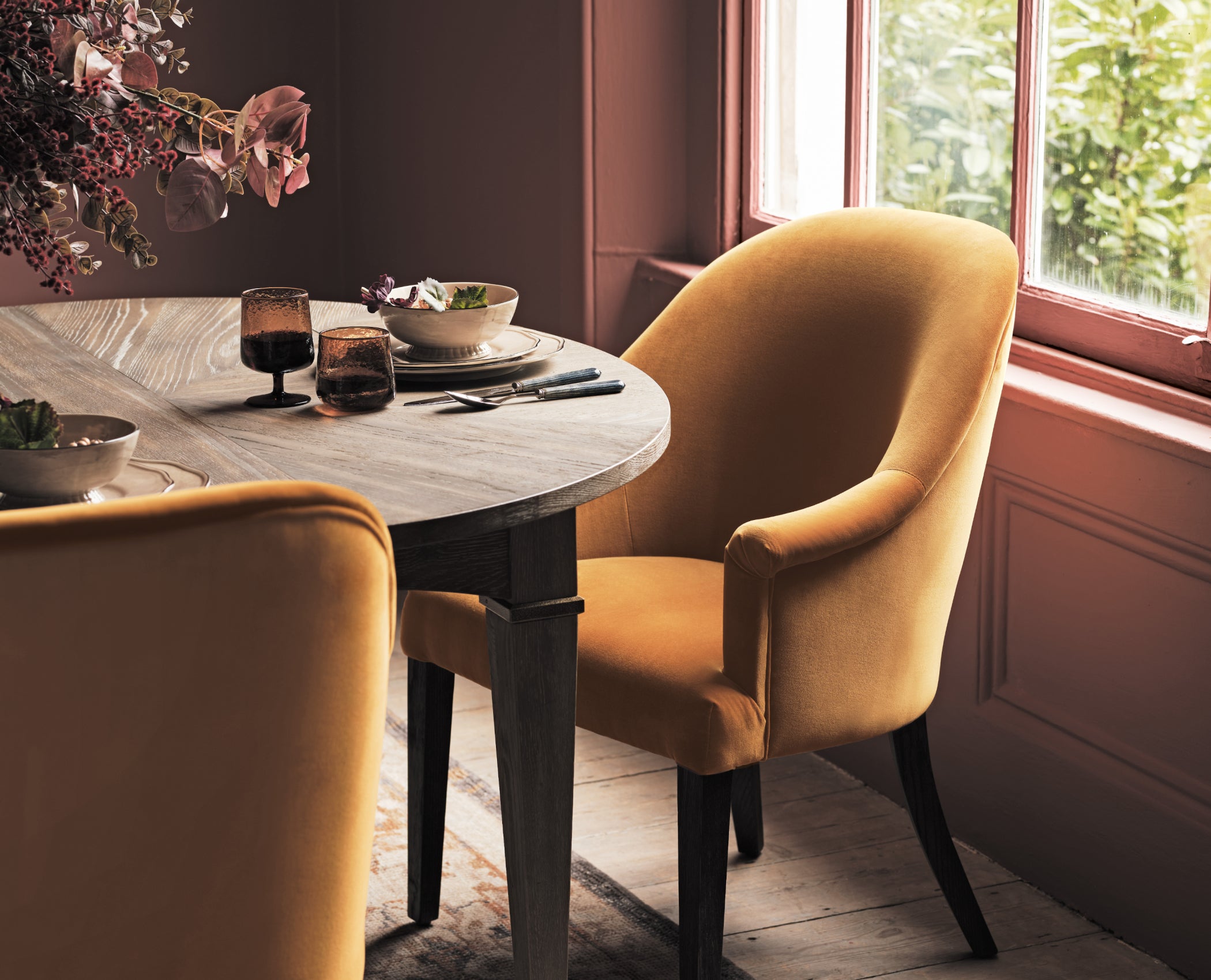
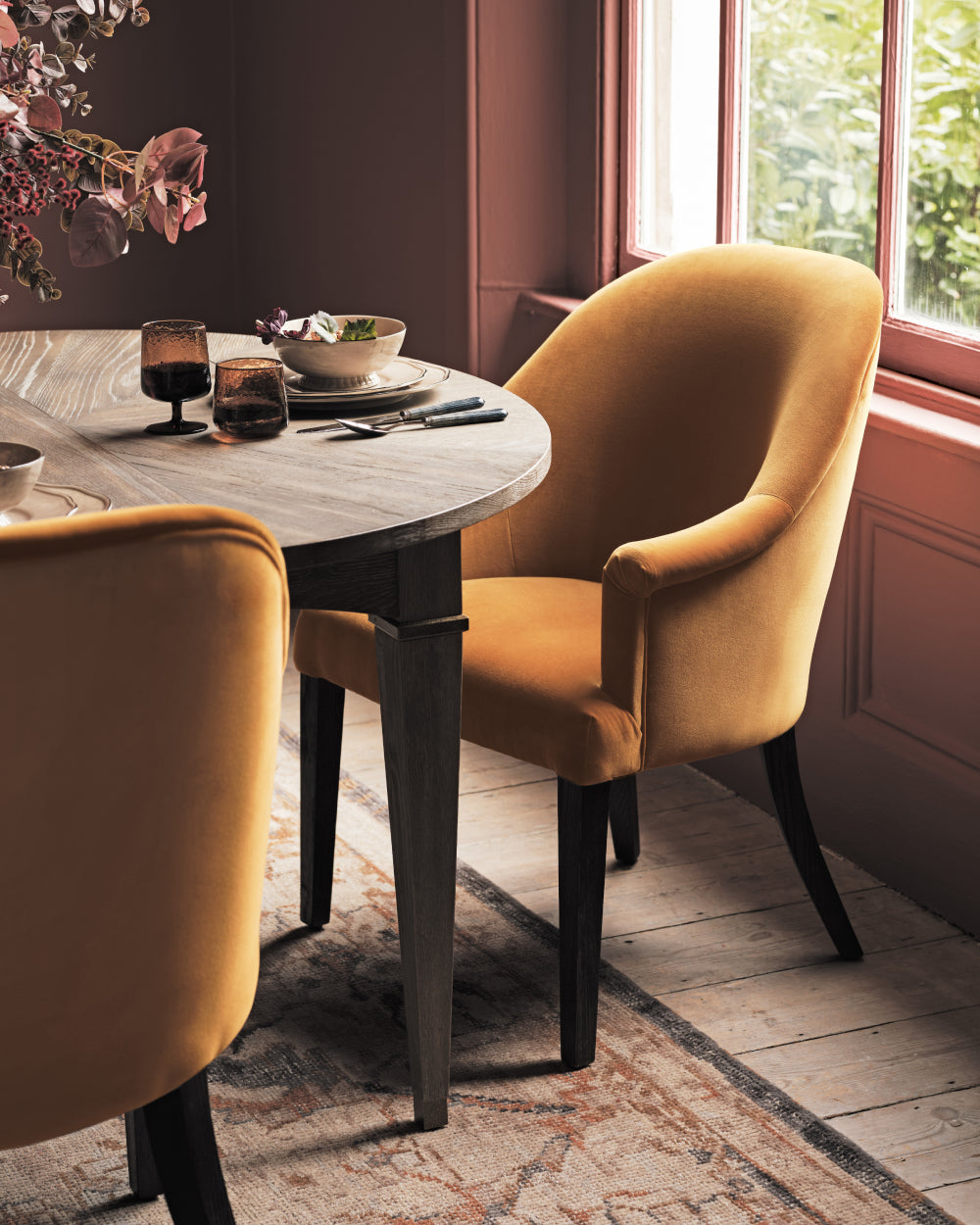


How Much Space Should You Allow for Dining Chairs?
It’s not just height that you need to consider, but width too. The ideal set-up will perfectly balance the space needed to sit and eat comfortably, while also supporting an easy flow of conversation. Once again, it all comes down to the size of your table and your dining space. You’ll ideally need to leave at least 15cm between each chair, and around 90cm between the chair and any furniture or walls behind them. The chair itself, meanwhile, should be at least 50cm wide for a comfortable fit.
Don’t forget to think about the shape of the chair, too; while armless chairs boast neatness, in that they can be tucked flush against a table’s edge, chairs with arms offer all-day comfort and, when not in use at mealtimes, can double-up as a more formal reading chair. As a general rule, chairs with arms require an additional 15cm in each direction, so do your maths – if there’s limited space, opt out.
What Style of Dining Chair Should You Choose?
If you have a dedicated dining room and you want to create a formal atmosphere, high-back upholstered chairs will instantly set the tone. If you have minimal space or formality is low on your checklist, then an open-back chair allows for longer sightlines, making a small dining area look more spacious.
For an alternative silhouette, why not consider the dining bench? It doesn’t have to coordinate with your existing chairs – you can choose to use it as a statement piece. An informal and practical solution for large gatherings, a backless style can be tucked away neatly – wise for a dining table that is positioned against a wall and only occasionally pulled out. A dining bench isn’t restricted to use during mealtimes, either; it can be employed elsewhere in the home, making a handy perch in a hallway, or flanking the end of a double bed.
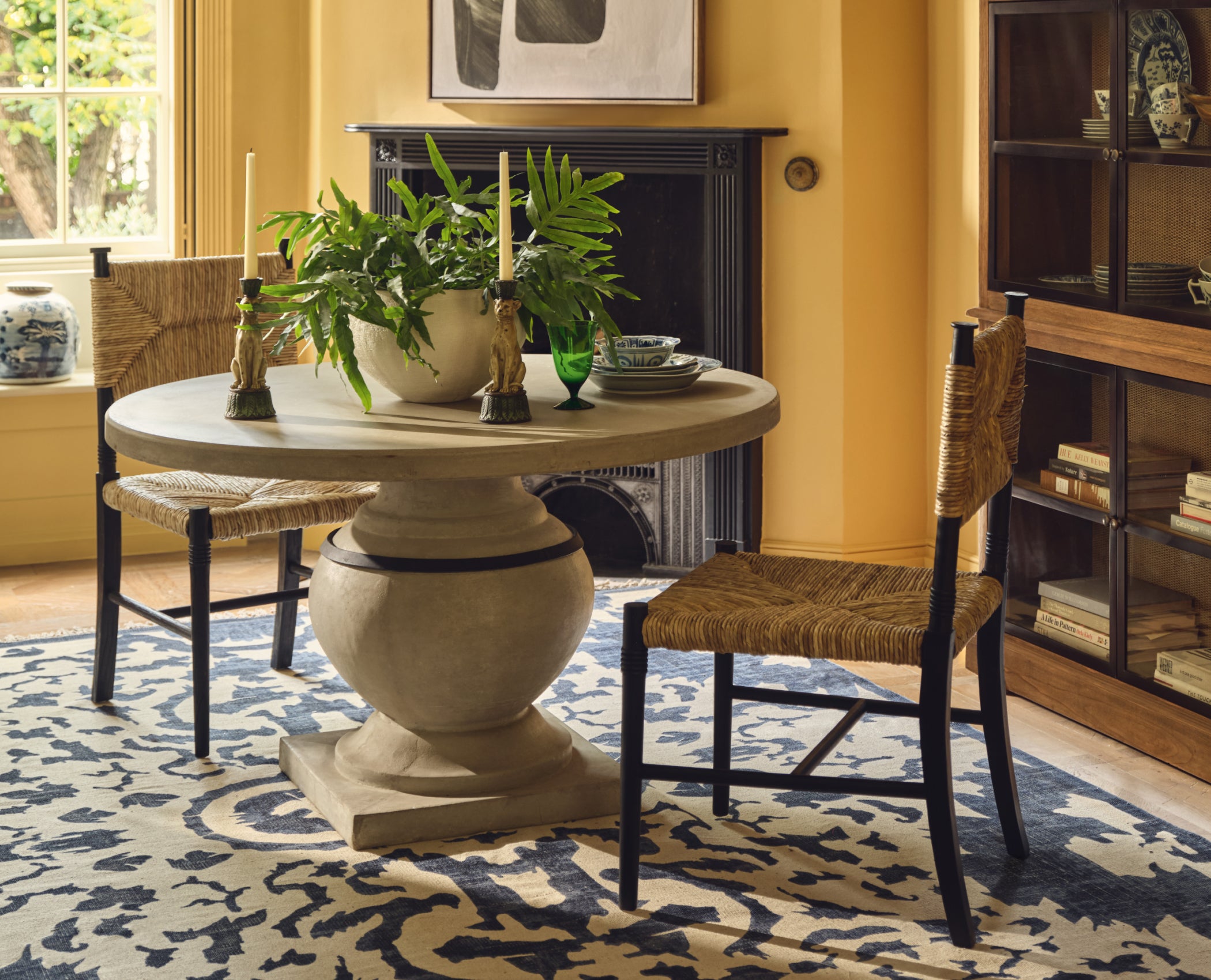



Which Materials are Best for a Dining Chair?
Wooden dining chairs are highly coveted and have a chameleon-like appeal – meaning they fit in just about anywhere, and can often double-up as desk chairs too. While wood and wood finishes are easy to clean, remember that they can change colour over time and, as spillages can stain the grain, they need to be dealt with immediately. Woven cane and rattan finishes can lend a warmer, more artisanal feel, while metal’s reflective sheen implies a level of lightness. Think about your surrounding interiors and the feeling you want to evoke.
If you have small children or four-legged friends running around, the last thing you want is to be precious about a seating situation. In this case, a kitchen table set-up with non-upholstered chairs is a wise choice. But remember that leather can also be forgiving – it doesn’t harbour fluff or fur, can be wiped down and acquires character as it ages. Velvet is unapologetically opulent and more fragile, and best suited to a grown-up setting where dining (rather than arts and crafts) is on the menu. Linen boasts a tactile neutrality – one that offsets a dark-wood table beautifully – but unless the seat covers are removable, you may want to employ chairs with this upholstery exclusively in a dedicated dining room.
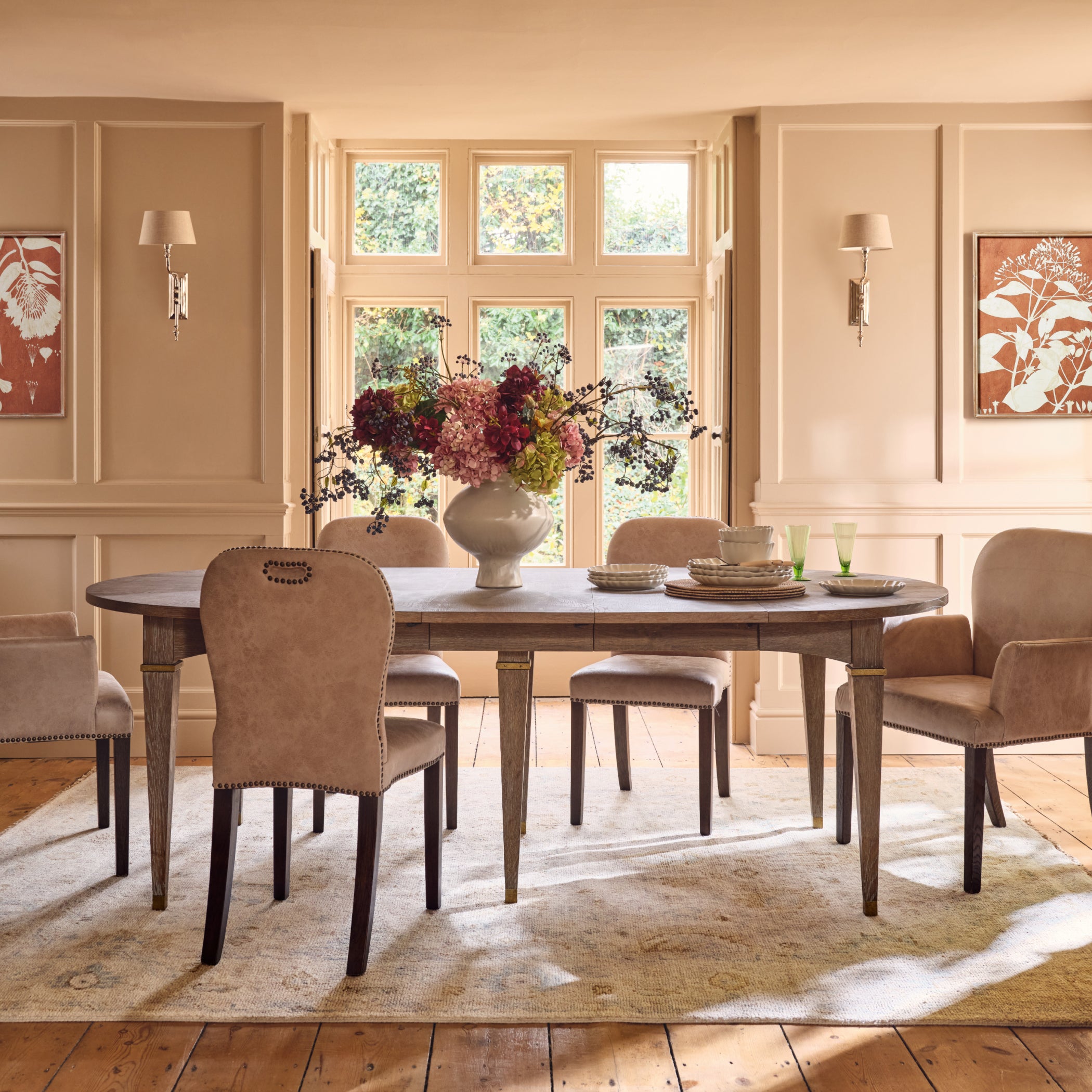
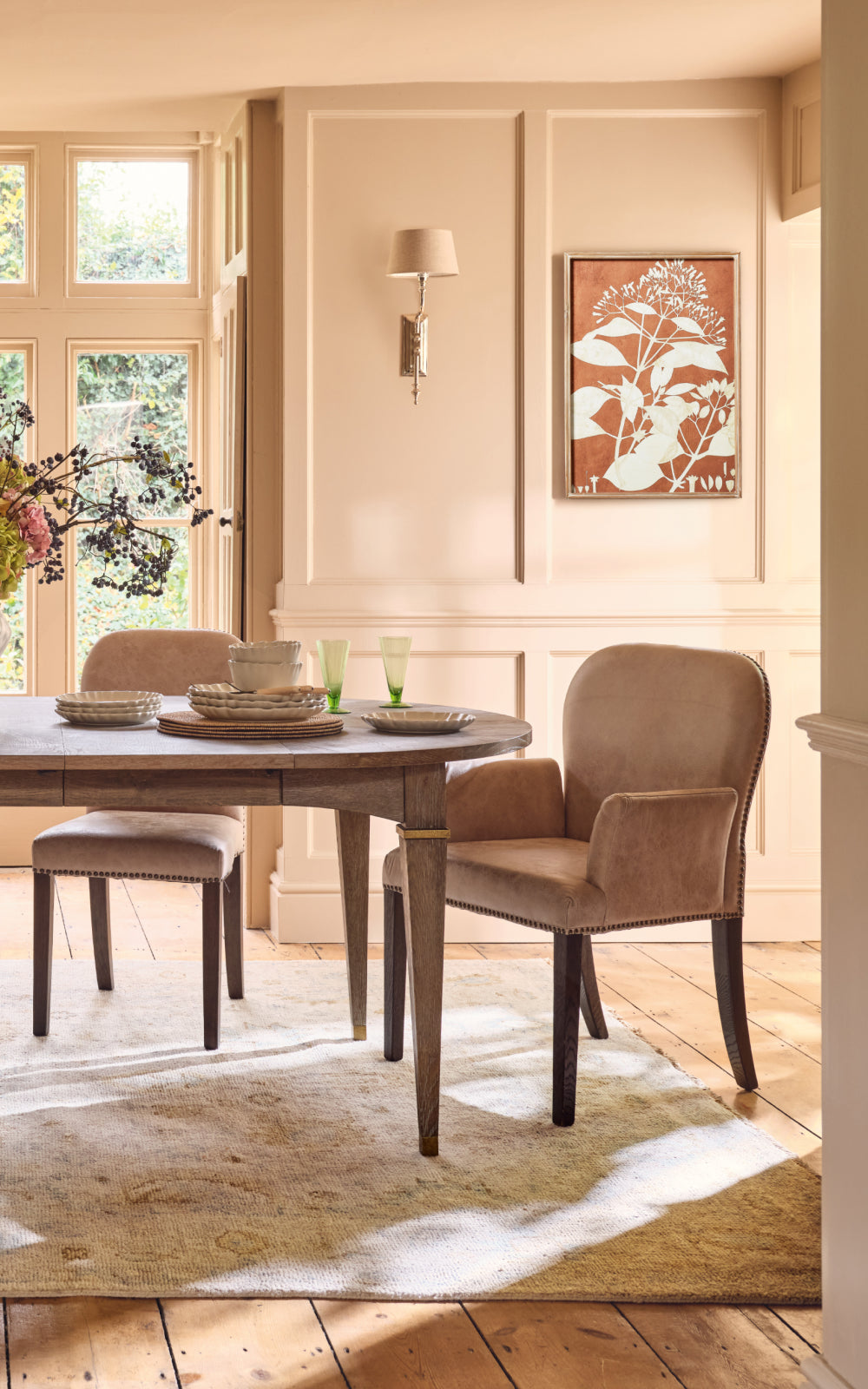
Should Your Dining Chairs Match Your Dining Table?
In short, no – nor do they even need to match each other. If you can’t decide between velvet-upholstered and plain wood designs, you could have both; position the covered chairs at the head of the table, and line the longer sides with simpler chairs for a semi-formal set-up. Alternatively, you could opt for an eclectic mix of chairs featuring entirely different designs. To make the space feel cohesive, just make sure your chairs and dining table have a shared feature – be it colour, shape, leg style or material. The result will feel unique and contemporary.




Choosing the Perfect Sized Dining Table
Interested in more inspiration?
From tips and tricks to decorating advice and expert know-how, we've got plenty of bright ideas for the home and garden.
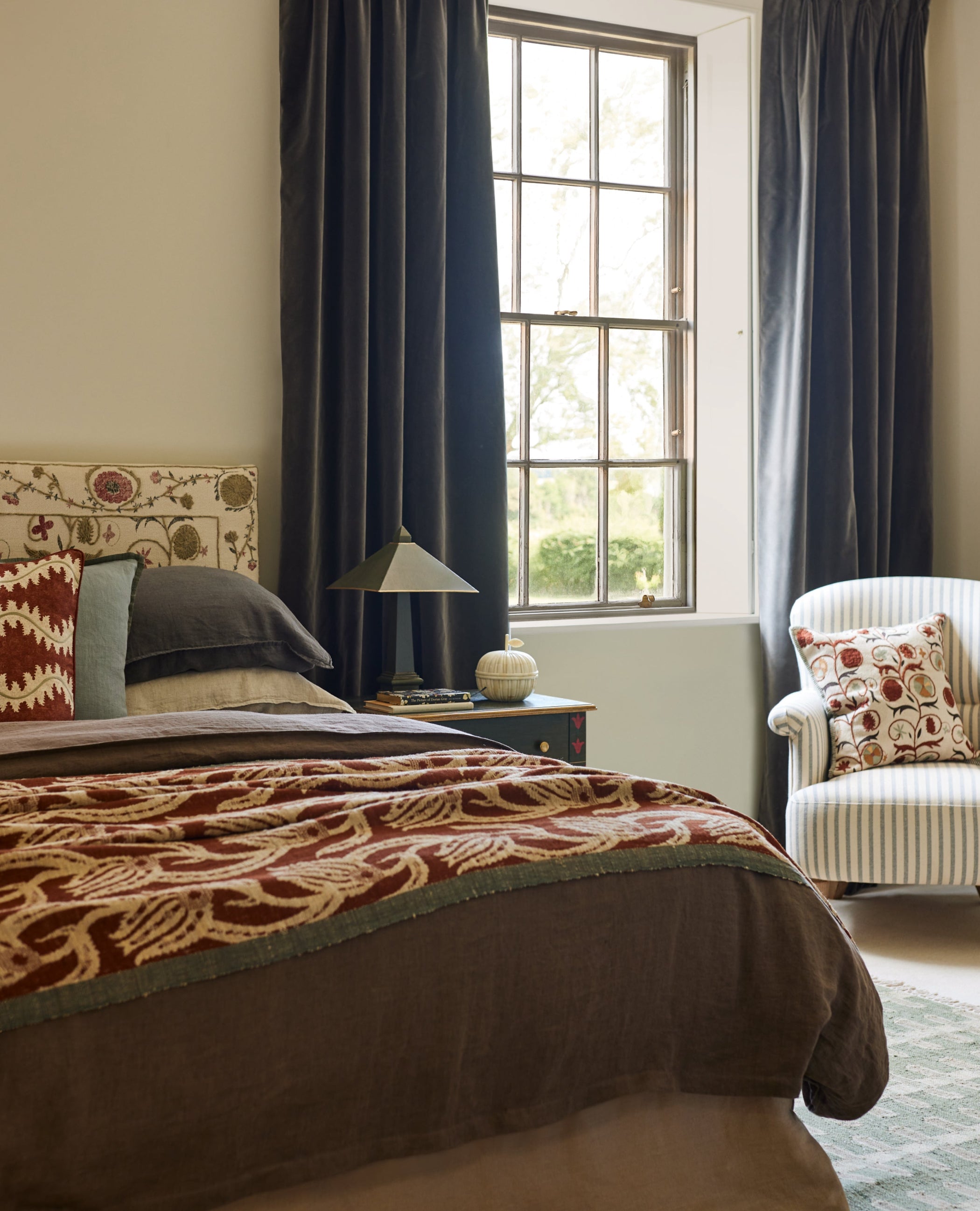
16 September 2025
How to Create a Bedroom for Hibernating at Home
Autumn is upon us, and with it a chance to take stock and rest up in a bedroom that’s as...

2 September 2025
A Seasonal Shift: AW25
Cooler days and darker nights call for indulging in home comforts, whether that’s curling up on a comfortable sofa or...

22 July 2025
Binky Felstead x OKA: Transforming Her London Home
Be the first to step inside the stylish London townhouse of Binky Felstead – TV personality, entrepreneur and influencer – who collaborated with our Interior Design Service to create a comfortable home for her evolving family.
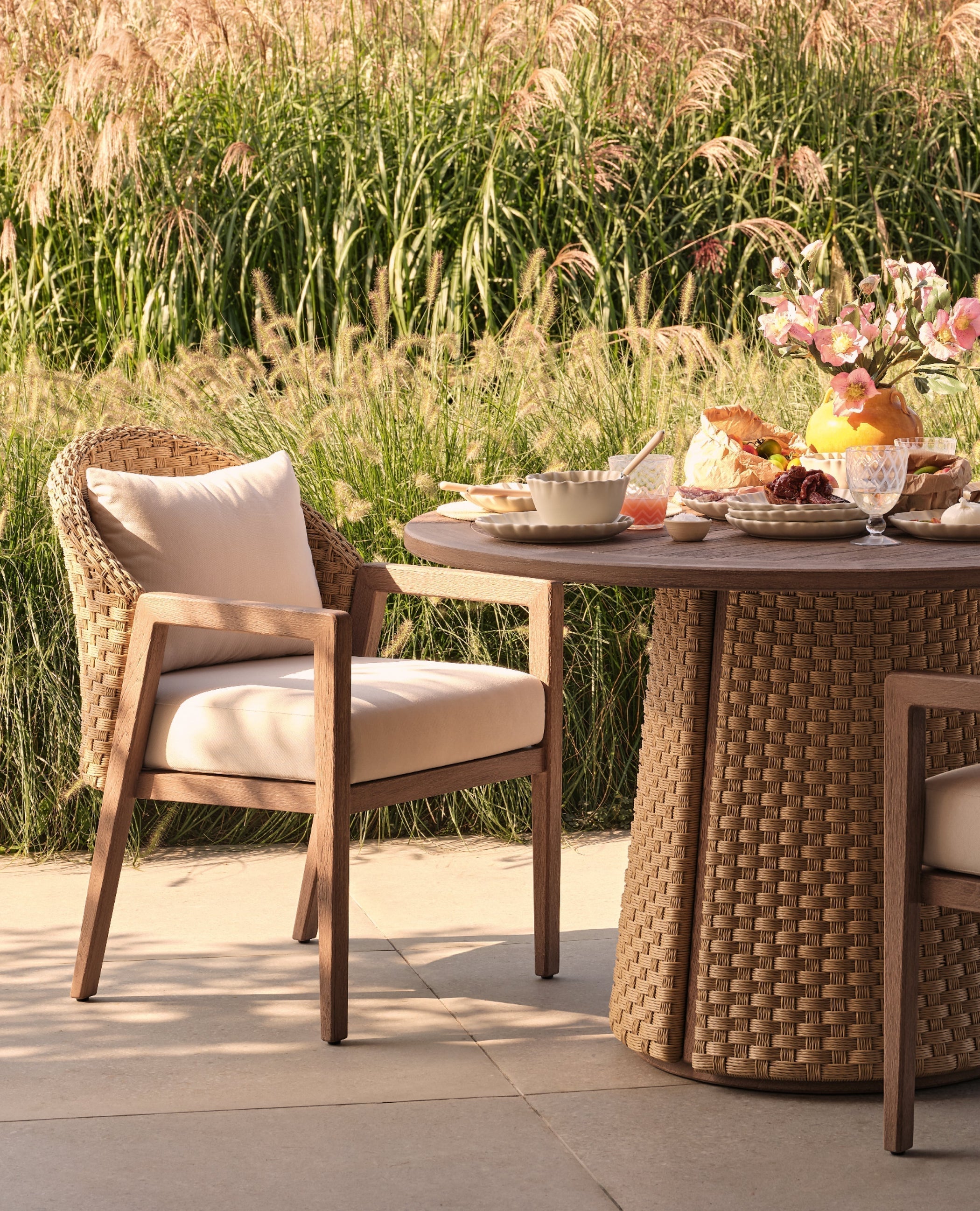
9 July 2025 | OKA Correspondent
Outdoor Entertaining: How to Style Your Garden for Summer Parties
Throwing open the doors to entertain in the garden is one of the most joyful things about summer, whether simply...

23 June 2025 | OKA Correspondent
Sofa Buying Guide – What To Look For In a Sofa
Not sure what type of sofa to buy? Our guide is here with all the information you need, from measuring up to choosing a style and colour.

22 May 2025 | Ellen Millard
Our Guide to Visiting Chelsea for the 2025 Flower Show
Everything you need to know ahead of the RHS Chelsea Flower Show 2024, from dress codes to dining destinations.

16 May 2025 | OKA Correspondent
Expert Tips for Arranging Faux Flowers
From solo stems to bountiful bouquets, there’s nothing like a bunch of flowers to lift the look and feel of...

14 May 2025 | Ellen Millard
How to Decorate Your Garden for the Summer
From the perfect outdoor accessories to ambient lighting ideas, these tips and tricks will help you get your garden set for the long weekend.

13 May 2025 | Ellen Millard
How to Arrange Cushions for Sofas and Beds
If arranging cushions gets you all in a fluster, just follow these six simple tips from our Interior Design team.

13 May 2025 | OKA Correspondent
Stylish Outdoor Dining Ideas for Al Fresco Feasting
Sunshine is on its way, and with it comes plentiful opportunities to soak up its glorious rays. When the weather...

13 May 2025 | OKA Correspondent
Buying Guide for Armchairs
Armchairs combine comfort and style. With so many different styles, how do you find the best option for your needs? Read our guide to find out.

13 May 2025 | OKA Correspondent
How to Create Your Dream Home office
Out of office but working from home? Follow these inspired design ideas to achieve that much-coveted work-life balance.
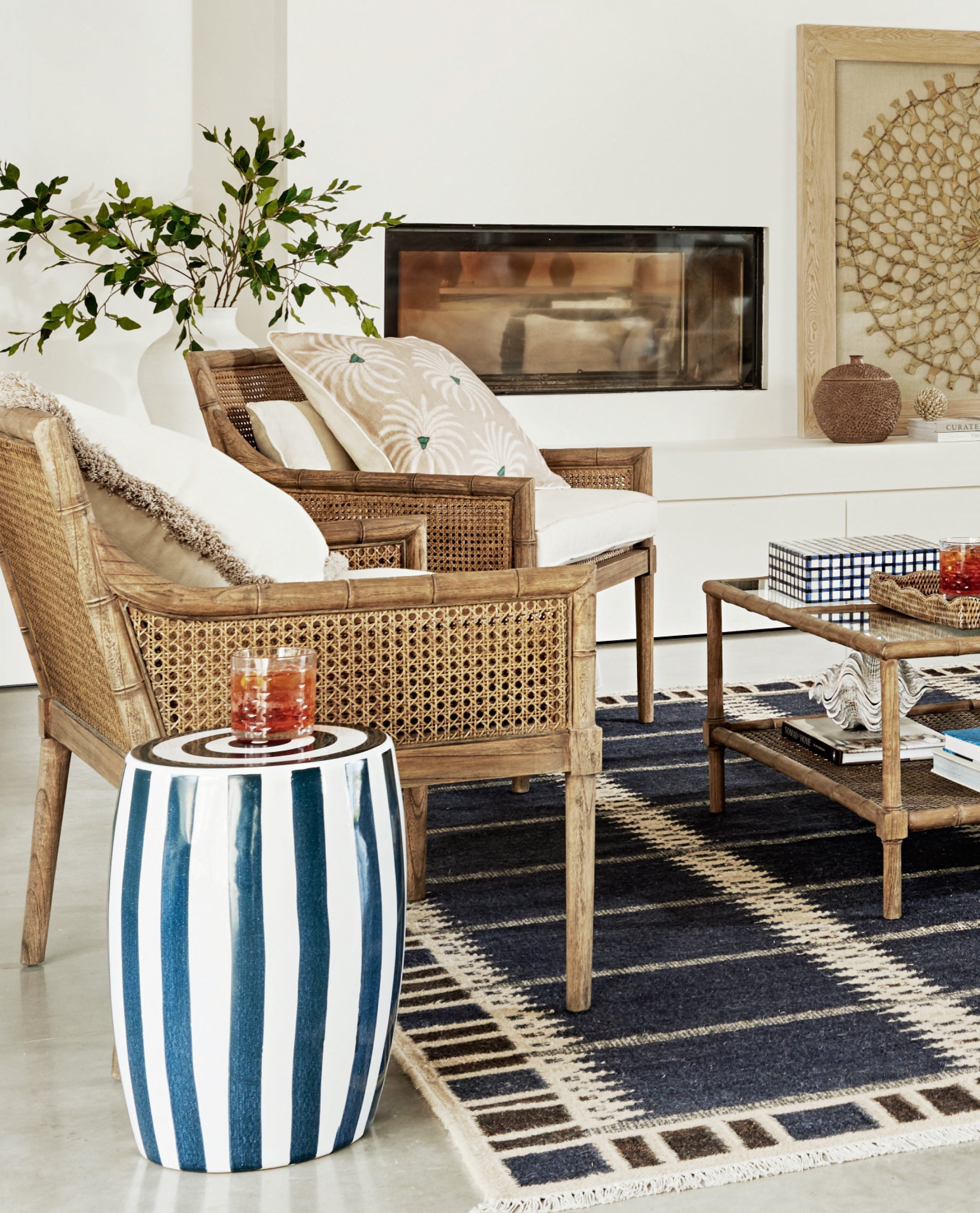
13 May 2025 | Emily Sims
Get the Mediterranean Summer Look
Enjoy the holiday feeling at home by bringing the bright and breezy aesthetic of the Mediterranean to your interiors.

13 May 2025 | Alanna Freeman
Choosing the Best Dining Table Shape for Your Room
Wondering which dining table shape is best suited for your room? Whether you have a small space or larger space, our guide explains it all.

13 May 2025 | Jess Evans
Our Guide to Buying the Perfect Side Table
Find the right design for your space with our practical tips on everything from size to shape.
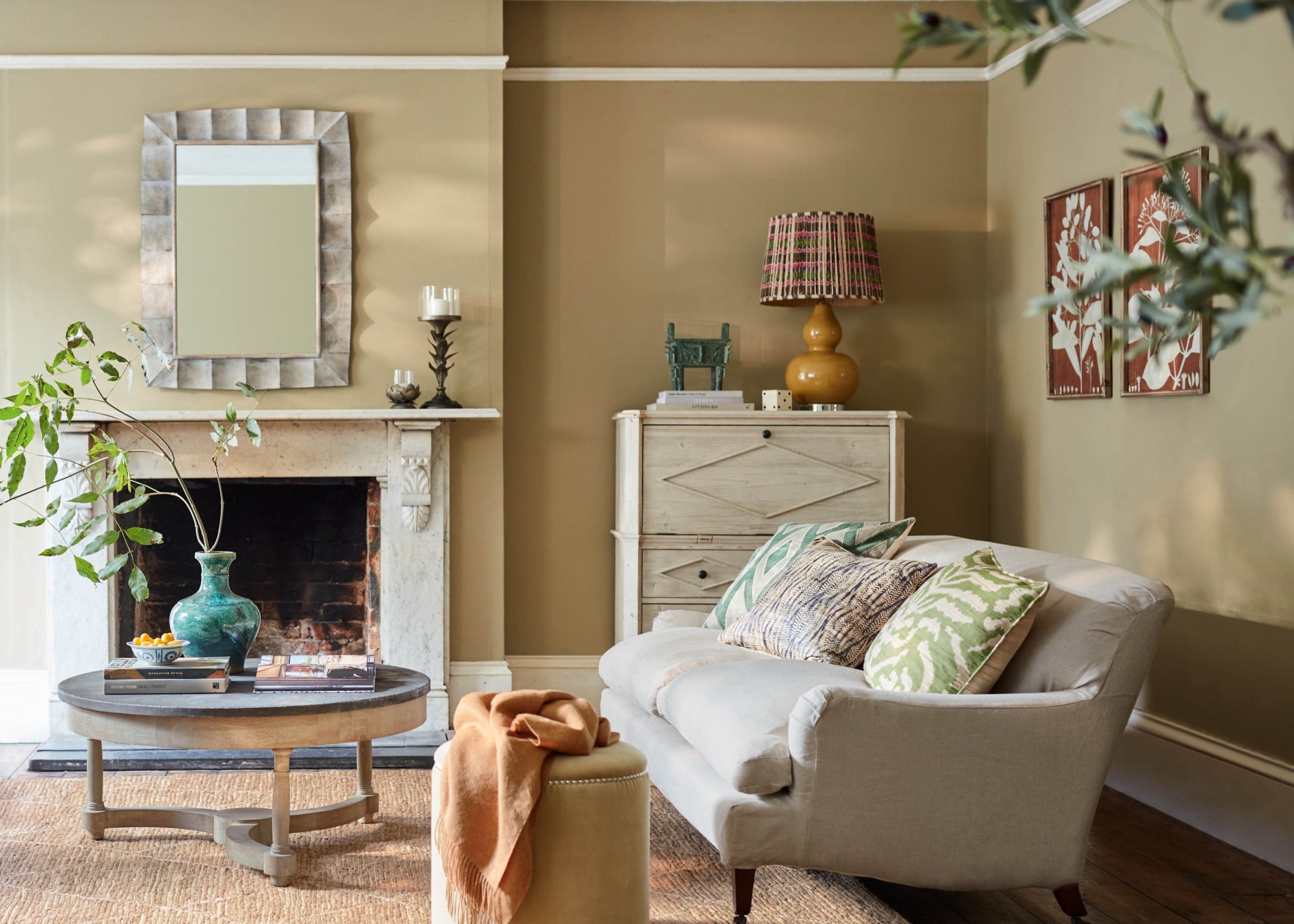
13 May 2025 | Emily Sims
Sunny Shades Sing In a Hampshire Haven
Discover how to create your very own summery country retreat as demonstrated in this delightful Hampshire manor house.

13 May 2025 | Alexandra Grange
A Light and Airy Sussex Cottage That Makes for the Perfect Off-Grid Escape
Discover the setting of our Spring Collection's latest look, located in the heart of Ashdown Forest.

13 May 2025 | Ellen Millard
How to Decorate With Florals
Discover our tips for bringing this classic pattern into your home, from upholstery to soft furnishings and artwork.

13 May 2025 | Emily Sims
Get the Look: Calm And Collected
Create a relaxing atmosphere inside and outside your home with a tonal colour palette, geometric pattern and thoughtful furniture choices.






